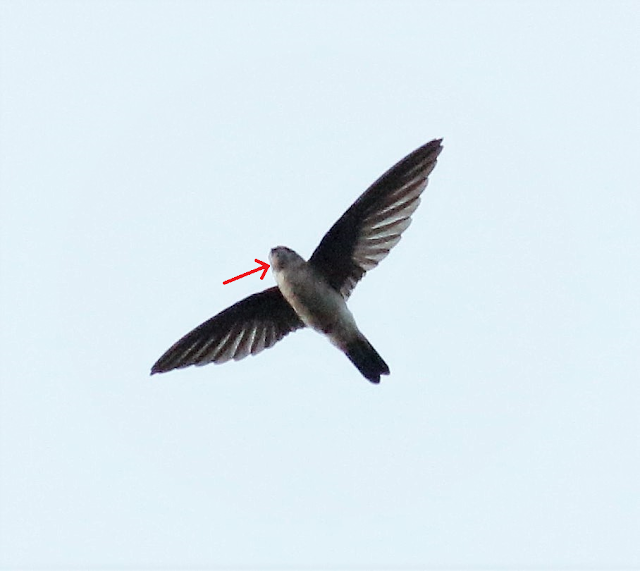BirdLife International had so far identified over 12,000 sites of international significance for birds across the globe as Important Bird and Biodiversity Areas (IBA). However only 40% or less of those areas are reported to be formally protected. Why are bird issues so important ? It is not because we are birders but conservation is all about birds as well as the people of which they are associated to.
Birds depend on their habitats which in turn depend on the way which we treat our environment or natural resources. Migratory birds especially waders / shore birds life span depends much on their survival during migration. They often make long distance flights from/to their wintering grounds and would made multiple stops during their migration (especially the small-bodied shorebirds). These multiple stop areas or at times what we call "staging areas" or "refuel stations" are the keys to their survival. Depleting inter-tidal mudflats would mean less place to rest and little food to feed on during their migration. Eventually it may lead to the reduction of the birds' population.
 |
| Red-Necked Stint - taking off |
Declining bird population in turn means that there are no marine life in those areas which also means that the area may not have many fishes for human to eat as well. Local fishermen would then need bigger boats to venture further out to the sea. That would potentially mean higher cost and more pricey tuna sandwiches !
Dwindling catch perhaps ?
These are very fresh fishes but their numbers can be more.
The conservation of these staging areas actually has a lot to do with the way we live as well as our ability to inform and influence the policy makers, the stakeholders and the broader public. Competing demands on coastal lands, economic priorities, attitude towards conservation, state legislation etc make shorebird conservation a real challenge as most conservationist would attest.
 |
| Broad-billed Sandpiper |
 |
| Terek Sandpiper |
So where do we go from here? Perhaps we can start with the local fishermen ! Why fishermen? I would consider them as the 'Guardian of IBAs' or the 'First Line of Defence for conservation' ! "Human are beings of social so therefore we must interact with each other in the name of conservation". When fishermen understand the importance of conservation works, they will in turn begun to embrace the spirit of conservation as part of their life.
I have met several fishermen on my usual birding/fishing trips and was delighted to know that they are aware of the presence of these waders or what the locals here named them as "burung hijrah". They were amazed with the sound of the birds made when flying in a group and some of them even told me that when the birds arrived here it was through the Northern Winds (autumn migration) and they would follow the Southern Winds ('angin selatan') on their way back (Spring migration). Take it from the local fishermen who did not attend college at all.
The Present and Future of Conservation
So where does the future holds for the waders? In order to carry out a sensible environmental assessment or what we call 'feasibility study' in business and to sustain any conservation efforts, benchmarking, learning and emulating the best environment practices is the way forward, i believe. How much success is probably down to the willingness to persevere and to constantly fine tuned this best approach. It would be a colossal effort. The 11th Malaysia Plan is coming to an end soon (2016 to 2020). Perhaps RMK 12th will place greater emphasis on the conservation of its natural resources and strengthening our resilience against climate change, pollution etc.
The Australian model on conservation of its wetlands can potentially be one of those best practices which can be emulated in many countries. Their 'local-to-global' approach works on the premise that local people (example fishermen/farmers) are engaged to work for nature in their own backyards but is still connected nationally and internationally through a global partnership. Apparently Malaysia is a member of the 'East Asian-Australasian Flyway Partnership" (EAAFP) since 2012.
"Conservation Without Borders" is the way to go!
HAPPY BIRDING !




































































